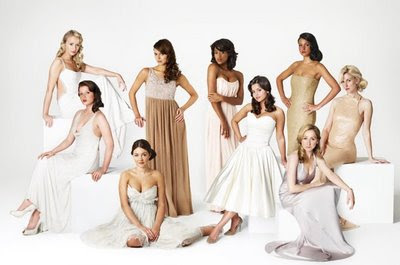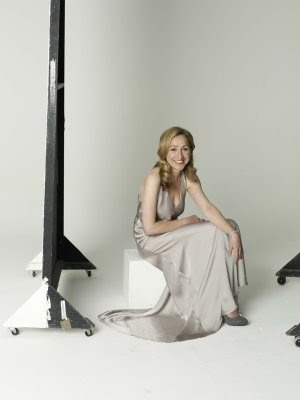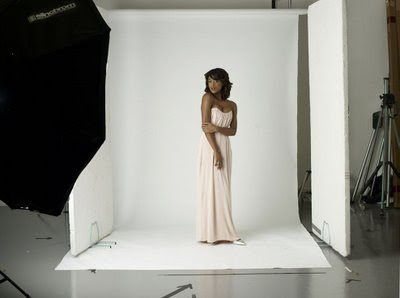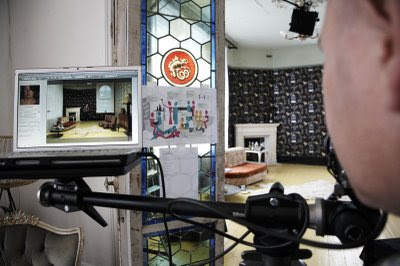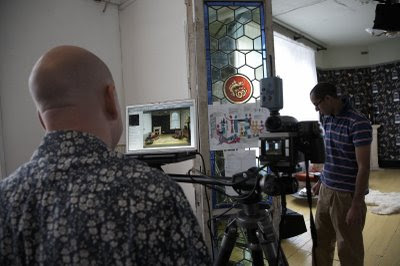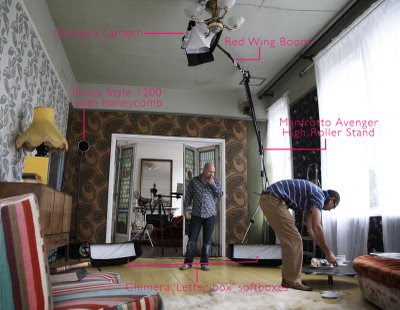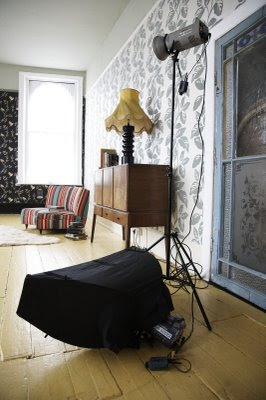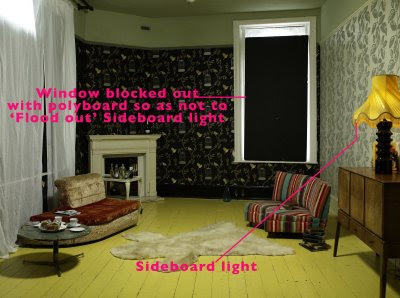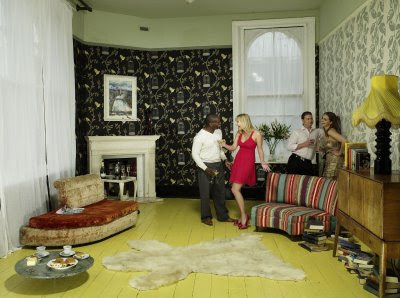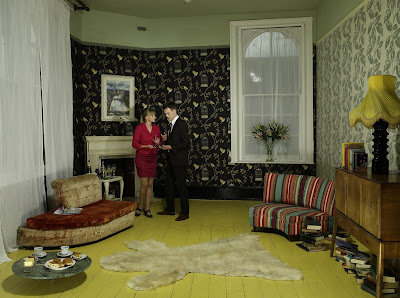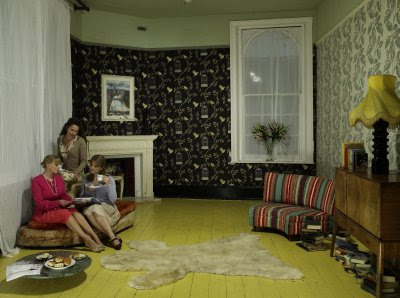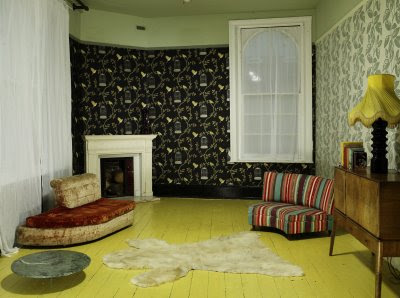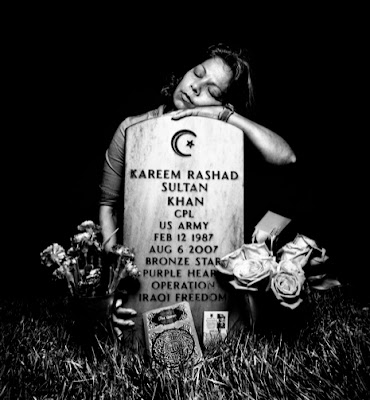
© Platon www.platonphoto.com/
When I began working on a local newspaper at age fifteen, I wanted more than anything to change the world through photographs — to show the world what was going on, both the bad and the good.
Over the many years that I worked as a photojournalist, I began to doubt the ability of a photographer to make a difference, to change the world with still images.
Yes, I know we can all cite examples of fine and noble samples of work, which arguably have made a difference, particularly during the Vietnam era. However, in the thirty years that have passed, our society has become overwhelmingly saturated with visual imagery, to the point where even the most powerful images often pass unnoticed in front of average viewers as they flip channels or, more rarely, pages.
Add to this numerous behind-the-scenes challenges that influence what images make it before the public’s eyes: political agendas, poor editorial decisions, and fewer print media outlets, just to name a few…. How often do limited finances and lack of commissions for web usage trump photojournalism in today’s news market?
In my view, challenging the mainstream agendas—and changing a nation’s mind—has never been more difficult.
I found Colin Powell’s electrifying endorsement of Barack Obama last weekend remarkable on many levels. But what struck me most was Powell’s acknowledgement that his decision to endorse Obama (and not his own party’s candidate) was in part inspired by a still photograph by Platon which appeared last month in the New Yorker magazine.
In the final tense week of this pivotal election season, Platon’s moving portrait of a grieving Elsheba Khan at the grave of her son Specialist Kareem Rashad Sultan Khan in Arlington National Cemetery has been held up by one of the USA’s most respected public figures as a catalyst in his political decision making. I hope that those who have seen Platon’s image read its visual language with as much insight as Powell. The former Secretary of State parlayed the message of this image—an American mother mourning the loss of her son in service to his country while fighting in Iraq, embracing his headstone whose crescent and star testify to their Muslim faith—into a message about the ideals of the United States.
